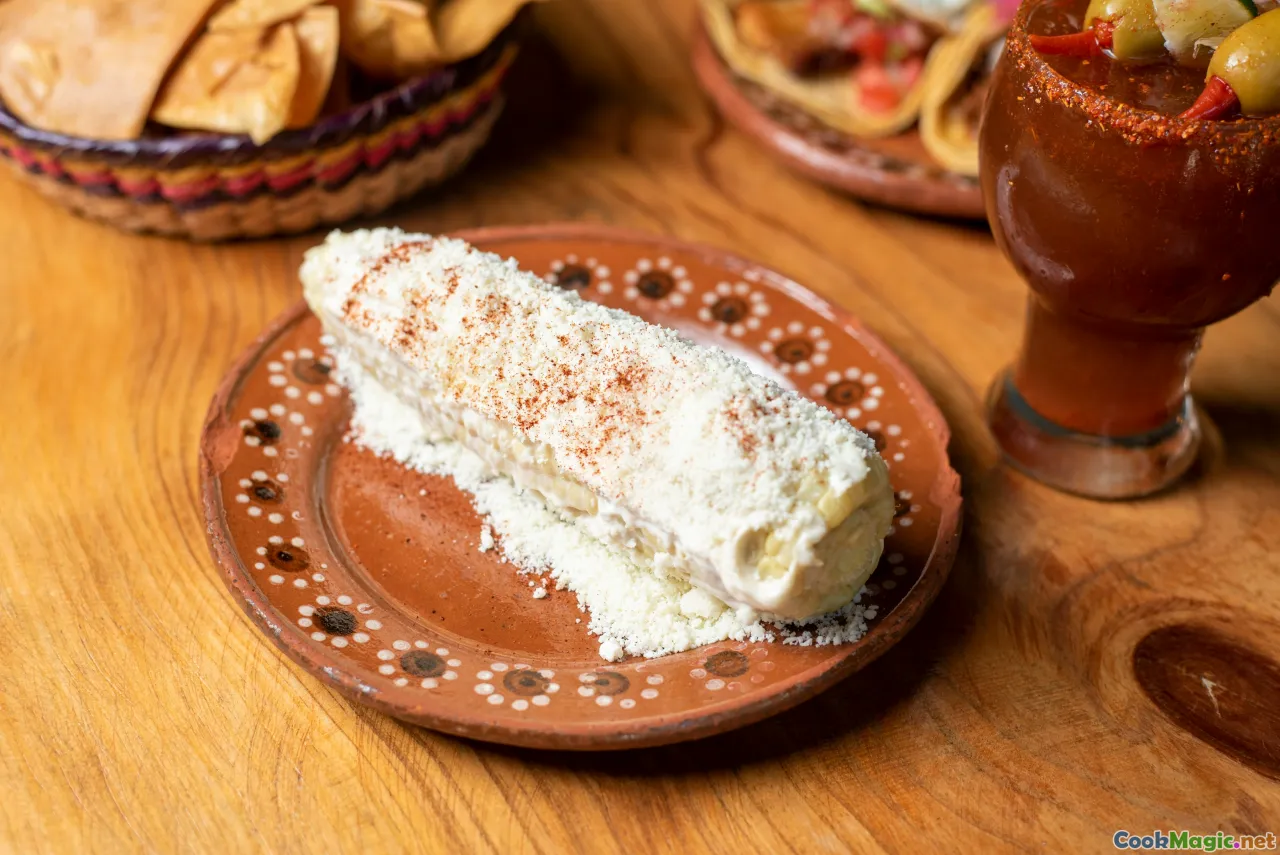Origins and Craft of Mote con Huesillo in Chile
9 min read Explore the rich history and craftsmanship behind Mote con Huesillo, a beloved Chilean refreshment blending tradition, flavor, and cultural significance. September 06, 2025 00:05
Origins and Craft of Mote con Huesillo in Chile
Imagine the sun-drenched vineyards of the Central Valley, the scent of ripe peaches lingering in the air, and the lively hum of Chilean markets alive with tradition. Nestled within this vibrant tapestry is a humble yet iconic beverage — Mote con Huesillo — a sweet, nostalgic elixir that awakens the senses and encapsulates centuries of cultural heritage. For culinary enthusiasts eager to explore Chilean cuisine, understanding the origins, craft, and soul of this drink reveals more than just a recipe; it offers a window into the heart of Chilean identity.
The Roots of Mote con Huesillo: A Cultural Tapestry 
The story of Mote con Huesillo is woven into the fabric of Chilean history. Its roots trace back to the indigenous Mapuche people, whose knowledge of native grains and fruits laid the foundation for many traditional foods and beverages. However, the modern form of Mote con Huesillo as we know it was shaped during the colonial period, blending indigenous ingredients with Spanish influences.
The word "mote" refers to cooked, husked wheat kernels, a staple in pre-Columbian Chilean diets. The addition of "huesillo"—dried peaches—brought by Spanish colonizers, turned this humble grain into a refreshing sweet drink especially cherished in hot Chilean summers. Over time, this duo evolved into a cultural symbol reflective of the Chilean spirit, evoking memories of family gatherings, festivals, and the bustling hue of street fairs.
The Craft of Making Mote con Huesillo 
Creating authentic Mote con Huesillo is an art, an alchemy of patience, precise technique, and love for tradition.
Ingredients That Tell a Story
- Mote (Husked wheat kernels): Selected for their chewy texture and mild nutty flavor.
- Huesillos (Dried Peaches): Ripe peaches dried naturally under the sun, their sweet aroma intensifying during soaking.
- Sweetener: Traditional recipes often use azúcar rubia (brown sugar), though some modern variations incorporate honey or dulce de leche.
- Lemon or Lime Juice: Adds a tangy brightness balancing the sweetness.
- Optional Spices: A cinnamon stick or a splash of pisco for muted warmth and depth.
Step-by-Step Craft
- Soaking the Huesillos: Begin by immersing the dried peaches in water overnight. As they soak, they swell and soften, bursting with a fragrant sweetness, their skins darkening while releasing their nectar.
- Cooking the Mote: Rinse the wheat kernels thoroughly, then cook in boiling water until they reach a chewy but tender texture, which takes about 40–50 minutes. Drain and let them cool.
- Preparing the Syrup: In a pot, combine brown sugar, a splash of water, and spices if desired. Simmer until thickened into a syrup that offers a caramel aroma.
- Assembling the Drink: In large glasses or traditional ceramic jars, layer the cooked mote with the soaked huesillos. Pour the syrup over the mixture, then add fresh lemon or lime juice. Chill thoroughly. 5.Serving: Traditionally served cold, Mote con Huesillo is enjoyed with a straw and a spoon — savoring the chewy wheat, the juicy peach, and the sweet syrup in every sip.Personal Tip: For an extra touch, garnish with fresh mint leaves or a slice of lime, enhancing the sensory experience.
Cultural Variations
Some regions add a splash of pisco for a boozy twist, while others prefer it simple and syrupy—each variation echoing local tastes and traditions.
The Sensory Experience: Tasting and Visuals 
The first sip of Mote con Huesillo is a riot of textures and flavors. The thick, sweet syrup coats your palate, fragrant with caramel and dried peach nuances. Chewy mote kernels provide satisfying pull and chewiness, releasing subtle nutty notes that contrast beautifully with the sugary fruit nectar.
Visually, it’s a feast—rich amber hues from the syrup, dotted with the dark pink or orange hue of the huesillos, with flecks of peach skin peeking through. Served cold, condensation beads on the glass heighten anticipation.
A nostril-full of peach aroma mingles with notes of toasted wheat, while the citrus adds a refreshing zing that awakens the senses—truly a drink meant to cool and invigorate on a sultry South American afternoon.
Celebrations and Contexts: Mote con Huesillo in Chilean Life 
Although often enjoyed as a summertime refreshment, Mote con Huesillo is woven into Chile’s social and cultural fabric. It’s a staple at local fairs, family cookouts, and national festivals such as Fiesta de la Patria in September, where streets bustle with parades and traditional dances.
In the streets of Santiago’s Mercado Central or Valparaíso’s feria, vendors pour this simple yet symbolic drink with pride. Small food stalls serve Mote con Huesillo alongside empanadas and choripanes, a reminder of community, tradition, and the Chilean zest for life.
Tips for the Home Cook: Crafting a Perfect Mote con Huesillo 
- Choose quality dried peaches: Natural sun-dried huesillos offer a deeper, richer flavor than artificial versions.
- Control the sweetness: Adjust the sugar based on the sweetness of your fruit to prevent oversweetening.
- Prepare ahead: Soaking overnight allows the flavors to meld, making for a more harmonious drink.
- Experiment with spices: A cinnamon stick or a splash of pisco can elevate your experience.
Reflection: More Than a Drink, a Cultural Embrace 
In every sip of Mote con Huesillo, there’s a glimpse of Chile’s history, its landscapes, and its people. It embodies an ethos of resourcefulness—transforming humble ingredients into a communal celebration of flavor and memory. It’s a testament to the resilience of tradition, passed from generation to generation, softly spoken over steaming plates and alongside lively music.
Whether sipped slowly on a lazy Sunday afternoon or raised high in collective toast during national festivities, Mote con Huesillo remains cherished—a warm, sweet reminder of what it means to taste Chilean soul.















